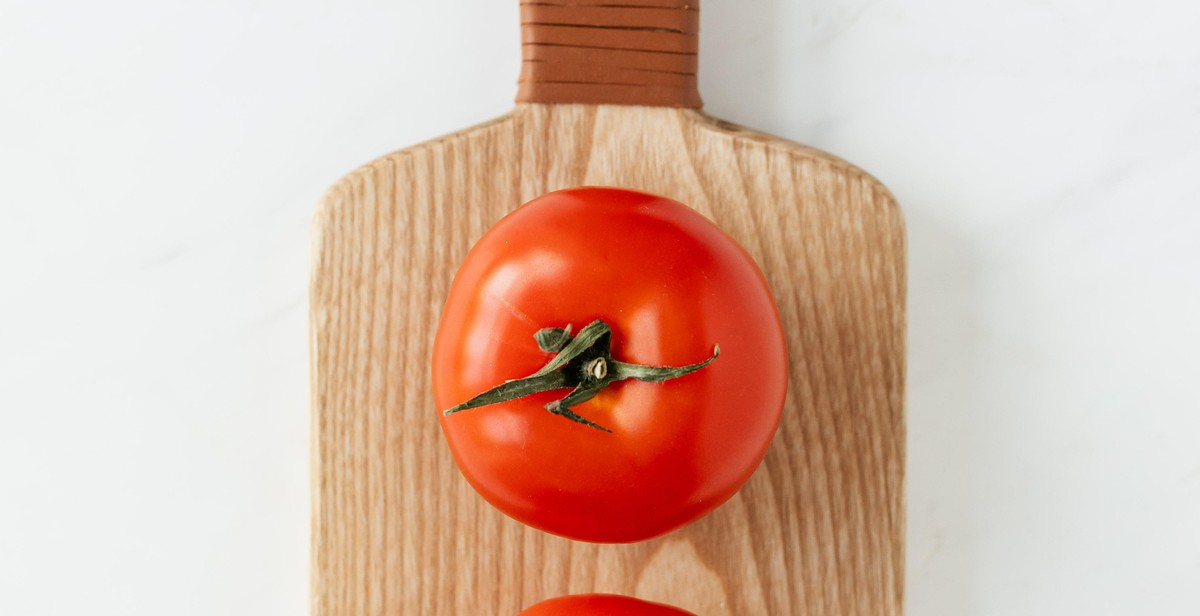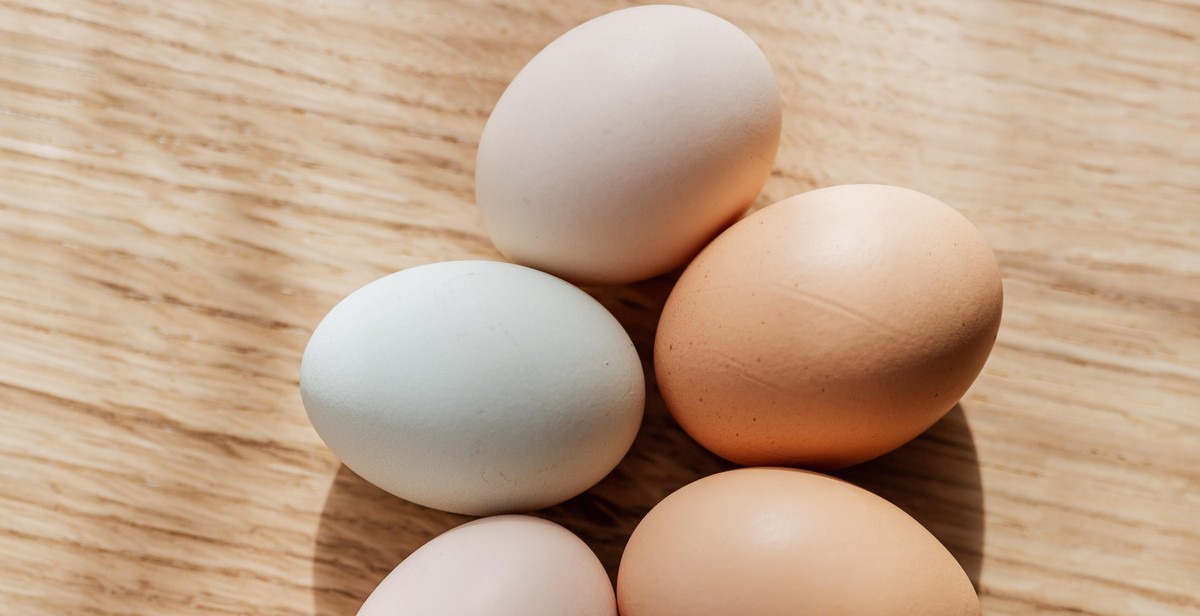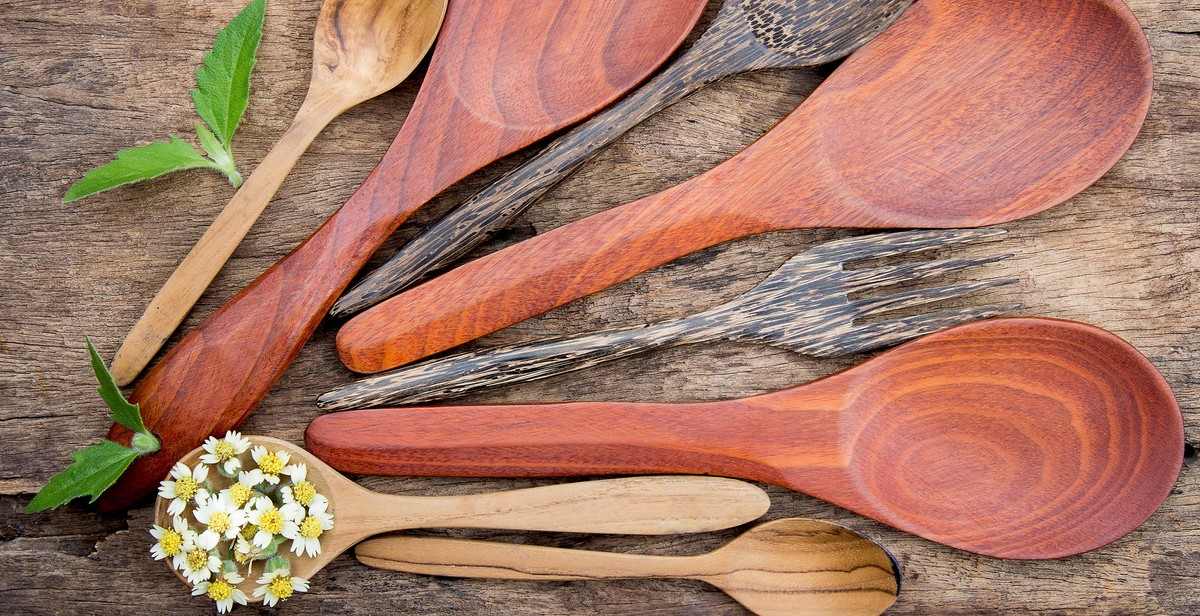How to Design a Functional and Stylish Kitchen
The kitchen is the heart of the home, and designing it is more than just picking out appliances and cabinets. A well-designed kitchen should not only look good but also be functional and practical. Whether you are building a new kitchen or remodeling an existing one, it is important to consider both the design and functionality of the space. This article will explore why design matters, the importance of functionality, and the role of style in kitchen design.
Why Design Matters
A well-designed kitchen can make a significant difference in the overall value of your home. A kitchen that is visually appealing and functional can increase the resale value of your home and also make it more enjoyable to live in. Design also plays a crucial role in making the kitchen a more inviting and comfortable space for cooking, dining, and entertaining.
The Importance of Functionality
A kitchen that is not functional can be frustrating and stressful to use. When designing a kitchen, it is essential to consider the flow of the space and the placement of appliances, cabinets, and countertops. A functional kitchen should be easy to navigate, have ample storage space, and provide easy access to appliances and cooking tools.
The Role of Style in Kitchen Design
The style of a kitchen can set the tone for the entire home. Whether you prefer a traditional, modern, or eclectic look, the style of your kitchen should reflect your personal taste and complement the overall design of your home. The right style can create a cohesive and inviting space that is both functional and beautiful.
Overall, designing a functional and stylish kitchen requires careful consideration of both design and functionality. By focusing on these key elements, you can create a space that is not only visually appealing but also practical and enjoyable to use.

Assessing Your Needs
Designing a functional and stylish kitchen starts with assessing your needs. Before making any decisions, it’s important to take into consideration your cooking style, storage needs, and workflow. By doing so, you can create a kitchen that is not only beautiful but also practical and efficient.
Determining Your Cooking Style
The first step in assessing your needs is to determine your cooking style. Do you enjoy cooking elaborate meals or do you prefer quick and easy recipes? Do you entertain often or do you mostly cook for your family? Answering these questions will help you decide on the type of appliances and layout that will work best for you.
Considering Your Storage Needs
Storage is a crucial element in any kitchen. To determine your storage needs, consider the number and size of your kitchen tools and appliances, as well as the amount of food you typically store. Do you need a pantry or will cabinets suffice? Will you need a separate area for storing pots and pans? Answering these questions will help you design a kitchen that has enough storage to accommodate your needs.
Evaluating Your Workflow
Workflow is another important factor to consider when designing a kitchen. Think about how you move around the kitchen when you cook. Do you need easy access to the sink, stove, and refrigerator? Do you need a large countertop for food preparation? These considerations will help you determine the best layout for your kitchen.
| Assessment Areas | Questions to Consider |
|---|---|
| Determining Your Cooking Style |
|
| Considering Your Storage Needs |
|
| Evaluating Your Workflow |
|

Choosing the Right Layout
When designing your kitchen, choosing the right layout is crucial. The layout you choose will determine the functionality, flow, and overall look of your kitchen. Here are the four most common kitchen layouts:
The Galley Kitchen
The galley kitchen is a narrow, straight kitchen with countertops and appliances on either side. This layout is ideal for smaller kitchens and is often used in apartments or condos. The galley kitchen maximizes storage space and is efficient for cooking, as everything is within reach.
The L-Shaped Kitchen
The L-shaped kitchen is a versatile layout that is perfect for open-concept living spaces. This layout features countertops and appliances on two adjoining walls, forming an L-shape. The L-shape provides ample counter space and storage, and allows for a natural flow between the kitchen and living areas.
The U-Shaped Kitchen
The U-shaped kitchen is similar to the L-shaped kitchen but with an additional wall of cabinets and countertops. This layout is perfect for larger kitchens with plenty of space. The U-shape provides plenty of counter and storage space and allows for multiple cooks to work in the kitchen at the same time.
The Island Kitchen
The island kitchen is a popular layout that features a standalone island in the center of the kitchen. This layout is perfect for larger kitchens and provides additional counter and storage space. The island can also be used as a dining area or a gathering spot for family and friends.
| Layout | Pros | Cons |
|---|---|---|
| Galley Kitchen |
|
|
| L-Shaped Kitchen |
|
|
| U-Shaped Kitchen |
|
|
| Island Kitchen |
|
|

Selecting Materials and Finishes
When designing a functional and stylish kitchen, selecting the right materials and finishes is crucial. The following are some tips to help you choose the best options for your cabinetry, countertops, backsplashes, and flooring.
Cabinetry
Cabinetry is one of the most important features of any kitchen. When selecting cabinets, consider the style, quality, and functionality. Some popular options include:
- Wood: This classic option can be stained or painted to match any style.
- Laminate: A budget-friendly option that comes in a variety of colors and finishes.
- Thermofoil: A durable and low-maintenance option that can mimic the look of wood.
Countertops
Countertops are another important element of kitchen design. When selecting countertops, consider durability, maintenance, and style. Some popular options include:
- Granite: A natural stone that is durable and comes in a variety of colors and patterns.
- Quartz: A low-maintenance option that is available in a wide range of colors and patterns.
- Marble: A luxurious option that is prized for its unique veining and patterns.
Backsplashes
Backsplashes serve both a functional and decorative purpose in the kitchen. When selecting a backsplash, consider the material, color, and pattern. Some popular options include:
- Tile: A classic option that comes in a variety of shapes, sizes, and colors.
- Glass: A modern option that is easy to clean and adds a sleek look to any kitchen.
- Stone: A natural option that adds texture and warmth to the kitchen.
Flooring
Flooring is an important element of kitchen design that should be durable, easy to clean, and stylish. Some popular options include:
- Tile: A classic option that is durable and comes in a variety of colors and patterns.
- Hardwood: A warm and inviting option that adds texture and character to the kitchen.
- Laminate: A budget-friendly option that comes in a variety of styles and colors.
| Feature | Options |
|---|---|
| Cabinetry | Wood, laminate, thermofoil |
| Countertops | Granite, quartz, marble |
| Backsplashes | Tile, glass, stone |
| Flooring | Tile, hardwood, laminate |

Adding the Finishing Touches
After designing the layout and selecting the appliances and cabinets for your kitchen, it’s time to add the finishing touches to give it a functional and stylish look. Here are some important aspects to consider:
Lighting
Lighting plays a crucial role in creating the perfect ambiance in your kitchen. It provides the necessary illumination for cooking, cleaning, and other tasks, and also enhances the overall aesthetic appeal of the space. To achieve optimal lighting, you can use a combination of different types of lighting such as overhead lights, under-cabinet lights, and pendant lights. You can also install dimmer switches to adjust the brightness according to your needs.
Hardware and Fixtures
Cabinet hardware and fixtures are the small details that can make a big difference in the overall look and functionality of your kitchen. You can choose from a wide range of hardware options such as knobs, handles, pulls, and hinges. Make sure to select hardware that complements the style and color of your cabinets and appliances. You can also choose fixtures such as faucets, sinks, and soap dispensers that match the hardware and add a touch of sophistication to your kitchen.
Accessories and Decor
Accessories and decor are the final touches that complete the look of your kitchen. You can add decorative items such as wall art, plants, and decorative bowls to enhance the visual appeal of the space. You can also add functional accessories such as cutting boards, utensil holders, and dish racks to improve the functionality of your kitchen. Make sure to select items that blend well with the overall color scheme and style of your kitchen.
Conclusion
Adding the finishing touches to your kitchen can transform it from a simple cooking space to a stylish and functional area. By paying attention to lighting, hardware and fixtures, and accessories and decor, you can create a kitchen that not only looks great but also meets your functional needs.

Conclusion
Designing a functional and stylish kitchen can be a daunting task, but with the right approach and a bit of creativity, you can achieve your dream kitchen. Remember that the kitchen is the heart of the home, and it should reflect your personality and lifestyle.
Key Takeaways
- Start with a clear plan and budget
- Choose the right layout for your space
- Invest in quality appliances and materials
- Maximize storage and organization
- Consider lighting and color scheme
By following these key takeaways, you can create a kitchen that not only looks great but also functions efficiently. Don’t be afraid to consult with a professional designer or contractor if you need help with the design process. They can offer valuable insights and expertise that can help you achieve your ideal kitchen.
